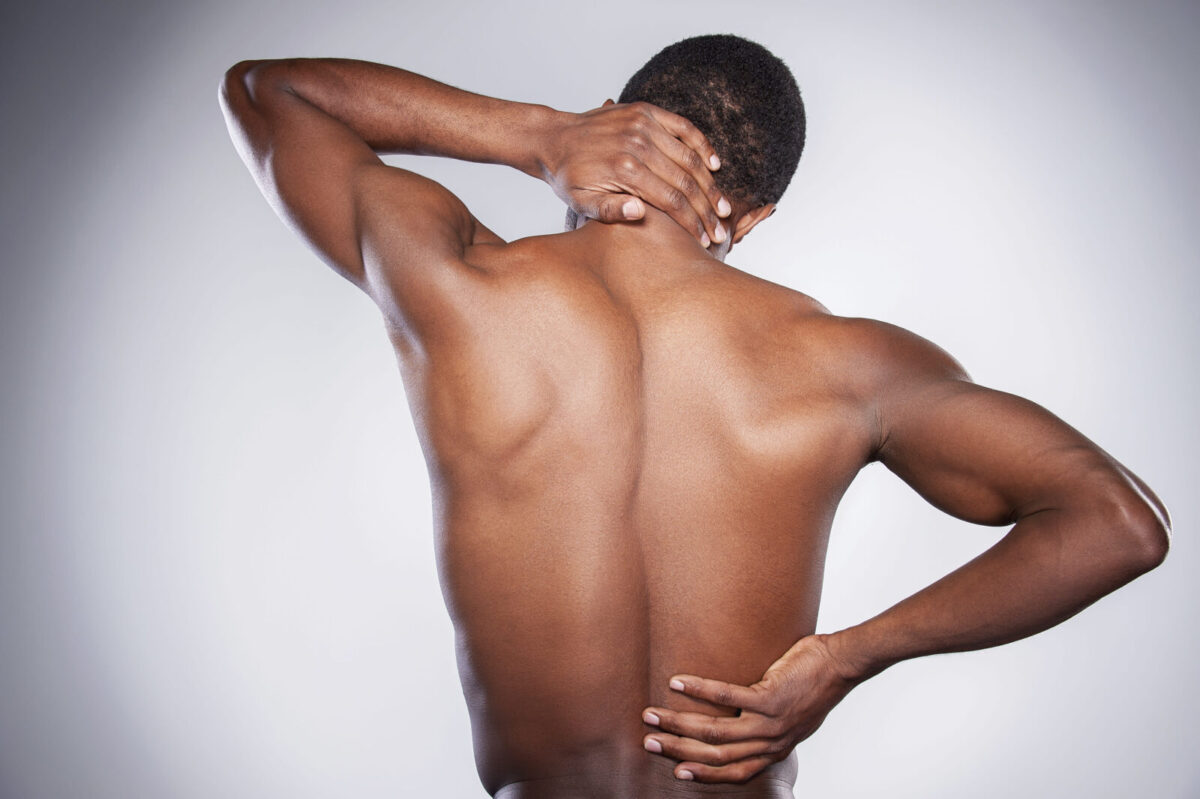It is widely accepted that experiencing soreness after a workout is an indication of progress and improved fitness. However, what if you didn’t experience any soreness at all? This article seeks to explore the phenomenon of no pain, and no gain by examining the absence of post-workout soreness.
We will delve into why some people don’t experience muscle fatigue or discomfort, as well as examine the long-term implications for physical health and performance. Join us on this journey to uncover whether a lack of post-workout soreness could be beneficial – or detrimental – in achieving one’s goal.
Understanding Post-Workout Soreness
When it comes to post-workout soreness, many athletes and gym-goers are used to feeling a certain level of discomfort after pushing their bodies in the pursuit of fitness. However, there is an increasing number of individuals who have noticed that they do not experience this type of pain at all or only very occasionally.
This phenomenon raises questions about what causes post-workout soreness and why it may be absent for some people. For starters, the most common cause of post-exercise muscle soreness is known as delayed onset muscle soreness (DOMS). This occurs when muscles are pushed beyond their usual limits through exercise and tiny tears form in the fibres which results in inflammation and pain.
DOMS can develop anywhere from 12 to 24 hours after exercise has been completed so usually becomes noticeable around one to two days later. However, when we consider those who don’t experience any post-workout soreness at all – even after more intense workouts – then other factors must come into play such as genetics, nutrition, or lifestyle choices like stretching pre/post workout or how much sleep they get each night.
For example, if someone gets enough protein into their diet before and after exercising then this could help reduce the amount of muscle damage done during physical activity; equally extra restorative practices such as foam rolling during warm-ups can also promote better recovery times afterward without needing any kind of painful reminders that you’ve worked hard!
Ultimately understanding why some people don’t feel post-workout aches & pains takes exploring individual circumstances on a case by case basis but regardless if youre experiencing DOMS or not having good quality recovery time remains essential for maintaining your overall health & wellness goals long term – no matter how to fit one might be!
Benefits of No Pain, No Gain?

No pain, no gain has been a guiding principle for many athletes. However, recent studies have shown that post-workout soreness is not necessarily an indicator of progress or success in physical activity.
The absence of post-workout soreness can be beneficial and advantageous in certain cases. The first benefit of no pain, no gain is increased performance potential as well as improved technique.
Without feeling any discomfort during or after workouts, athletes can push themselves further and focus more on perfecting their form rather than trying to get through intense bouts of muscle fatigue. This leads to better results over time since intensity can sustain longer with less fatigue while the proper technique is maintained throughout each workout session.
Another advantage of avoiding post-workout soreness is reduced risk for injury due to excessive strain on muscles and joints when pushing too hard without allowing adequate recovery time between sessions. With careful planning and attention paid towards rest days and recovery protocols such as foam rolling or stretching, athletes can ensure they don’t overdo it by avoiding painful workouts altogether thus preventing possible injuries from occurring in the future due to overexertion.
Finally, perhaps most importantly there’s an aspect of mental relief associated with training without experiencing any pain afterward which helps make physical activity more enjoyable overall by eliminating any fear around upcoming workouts due to worrying about feeling overly fatigued afterward.
When done responsibly this kind of training regimen allows athletes peace of mind knowing they won’t end up dreading their next gym session because they know it’s going to be tough but still manageable thanks to taking appropriate measures beforehand like warming up properly before getting started with heavier lifts etc.
All these benefits combined make no pain, no gain approach an attractive option for those looking at improving performance while keeping safety in mind at all times!
Drawbacks of a Lack of Post-Workout Soreness
One of the main drawbacks of not feeling sore after a workout is that it can be difficult to track progress. Without that tell-tale indication of hard work, it’s harder for athletes and fitness enthusiasts alike to gauge how their body is responding to different exercises.
Additionally, without an understanding of what worked or didn’t work in terms of building muscle or burning fat, individuals may find themselves doing the same routines over and over again without any results. Moreover, lacking post-workout soreness could also mean decreased motivation from a lack of satisfaction with one’s training session.
With no physical proof that something was accomplished during a workout session, people might become less interested in pushing themselves further and seeing progress with their fitness goals. Additionally, when there isn’t a sense that you “earned” your exercise due to the absence of soreness, it can be difficult to stay on track with your workouts since there won’t be as much gratification involved in completing them.
Finally, some experts believe that if you don’t experience Post Exercise Muscle Soreness (PEMS) after exercising then youre likely not working out hard enough or consistently enough; an issue that could hinder long-term success when trying to reach health and fitness objectives. Thus even though PEMS isn’t necessary for achieving certain goals its presence can often serve as both a morale booster and a reminder that one has put forth effort into reaching physical milestones
Exploring Alternatives to Traditional Workouts
As more and more people become aware of the potential risks associated with traditional, high-intensity workouts, many are beginning to explore alternatives. While weight-lifting and running remain popular options for those looking to get in shape, there is a growing interest in workout routines that focus on stretching, yoga, or Pilates.
These exercises emphasize flexibility and toning over strength training and can offer a variety of benefits without requiring intense activity or putting strain on joints. Additionally, these forms of exercise also involve fewer repetitions than other workouts which can result in less muscle soreness after the session is complete.
For individuals who are new to working out or want to reduce their risk of injury while still improving their physical health, exploring alternatives to traditional workouts may be an ideal solution.
Conclusion
in the conclusion. The findings of this article suggest that post-workout soreness is not necessarily an indicator of effective exercise.
Even if you don’t experience any soreness, it does not mean that your workout was ineffective. If you are looking to get a full-body workout and maximize the effectiveness of your training, consider hiring a personal trainer Dubai who can provide personalized fitness advice tailored to meet your specific goals and needs.






